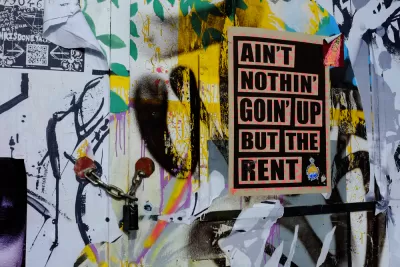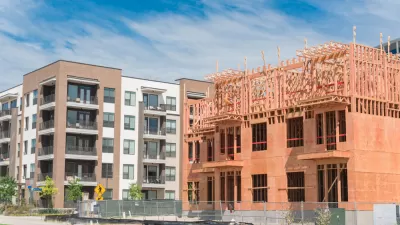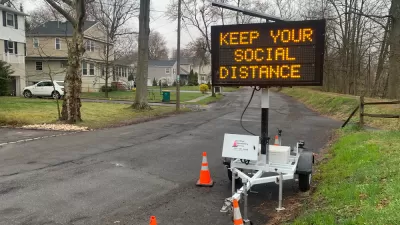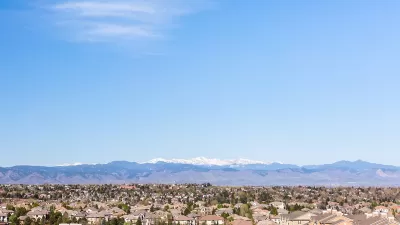The relief that renters have been seeking might finally be on the way, if several market indicators are to be believed. If and when rent does fall, supply might have finally caught up with demand.

According to an article by Joe Cortright, "there are a few hopeful indicators from housing markets that the long promised relief from increased supply is starting to show up, at least in a small way."
Cortright cites two reports, "one national, and one quite local," as evidence of a market shift. The first is a market analysis from REIS, which specializes in "[following] national trends in apartment construction tracking delivery (the completion of new apartments) and absorption (how many newly completed apartments get leased." Cortright summarizes the news from this source:
REIS analysts are reading the data to suggest that construction of new apartments is finally starting to have an impact on the market. REIS’s Scott Humphreys says: “It’s official: developers are finally building more apartments than there are renters to fill them.”
Also of relevance to the national rental market is a post on the Calculated Risk blog, which shares vacancy rates from the National MultiFamily Housing Council (NMFC). "Their data show that 'market tightness' has been trending downwards for the past couple of years," writes Cortright.
For local evidence of those trends, Cortright calls on a Boston Globe report that finds rents in Boston increasing at the slowest rate in the past five years. "The news from Boston echoes reports from markets as diverse as Seattle, Denver, and Houston, that the growing number of new properties being completed is producing at least temporarily higher vacancy rates and more favorable rental offerings for tenants," adds Cortright.
FULL STORY: Nationally, apartment supply may be catching demand

Americans May Be Stuck — But Why?
Americans are moving a lot less than they once did, and that is a problem. While Yoni Applebaum, in his highly-publicized article Stuck, gets the reasons badly wrong, it's still important to ask: why are we moving so much less than before?

Using Old Oil and Gas Wells for Green Energy Storage
Penn State researchers have found that repurposing abandoned oil and gas wells for geothermal-assisted compressed-air energy storage can boost efficiency, reduce environmental risks, and support clean energy and job transitions.

Placekeeping: Setting a New Precedent for City Planners
How a preservation-based approach to redevelopment and urban design can prevent displacement and honor legacy communities.

San Francisco’s Muni Ridership Grew in 2024
The system saw its highest ridership since before the Covid-19 pandemic, but faces a severe budget shortage in the coming year.

Colorado Lawmakers Move to Protect BRT Funding
In the face of potential federal funding cuts, CDOT leaders reasserted their commitment to planned bus rapid transit projects.

Safe Streets Funding in Jeopardy
The Trump administration is specifically targeting bike infrastructure and other road safety projects in its funding cuts.
Urban Design for Planners 1: Software Tools
This six-course series explores essential urban design concepts using open source software and equips planners with the tools they need to participate fully in the urban design process.
Planning for Universal Design
Learn the tools for implementing Universal Design in planning regulations.
Heyer Gruel & Associates PA
City of Moreno Valley
Institute for Housing and Urban Development Studies (IHS)
City of Grandview
Harvard GSD Executive Education
Salt Lake City
NYU Wagner Graduate School of Public Service
City of Cambridge, Maryland





























